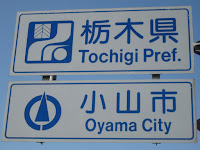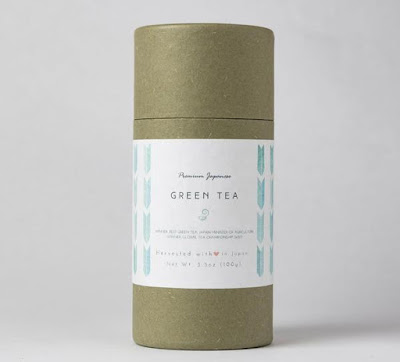This often overlooked part of Japan might seem a little scary due to its sheer size but with the right travel guide, you’ll have no trouble in planning your long overdue trip to Hokkaido.
The Book’s Content
Super Cheap Hokkaido is the ultimate budget travel guide for exploring Japan’s nature paradise on a shoestring budget. The travel guide covers Sapporo and Hokkaido Prefecture and the must see destinations such as Sapporo, Hakodate, Niseko, Furano, Otaru and Noboribetsu.
The book covers a wide range of money saving tips such as how to spend next to nothing drinking local beer in Sapporo, relax in free hot springs, spend a cheap day’s hiking in the mountains or where to find the best, inexpensive super fresh sushi and sashimi. It’s all here in this amazing travel guide.
Inside the book you will find:
Budget Food – comprehensive listings of low-cost restaurants, take-outs, cheap roadside stations and supermarkets.
Budget Shopping – all the best attraction discounts, free sample hot spots, 100 yen shops and tax-free shopping.
Colour Maps – ideal for budget travelers, making it easy and stress-free to get around.
Highlights and Itineraries – for those with rental cars or using discount train passes.
Cheap Accommodation – the best and cheapest hostels, family-friendly hotels, campsites, mountain lodges, capsule hotels and net cafes.
Travel Guides – all the major destinations are covered with Sapporo, Niseko, Furano, Otaru, Biei, Hakodate, Matsumae Castle, Daisetsuzan National Park, Lake Mashu, Shiretoko National Park, Abashiri and much more.
My View
Why I really like the book? Like the other books in the Super Cheap series, Super Cheap Japan and Super Cheap Tokyo, it is compact and easy to use with all the information at your fingertips. I like how the book provides a quick guide on how to use it and how to save on your holiday before moving into the travel guide and covering the must see places.
The travel guides provide information on how to get around, discount passes and tickets, transportation maps, things to do, budget food, best places for shopping, recommended cheap accommodation and how to get there.
It is easy to use with colour maps making it easy and stress-free to get around. The maps use landmarks and walking routes to help get you around and include convenience stores, cheap supermarkets, 100-yen stores, budget accommodation and tourist information.
This book is perfect for backpackers, budget travelers, families on a tight budget, students and those of us who just want an amazing time, without blowing all their cash in a day.
About the Writer
The author, Matthew Baxter is a British travel writer living in Tokyo. Having traveled across the country for more than a decade, without much money, he has built up an extensive knowledge of budget travel in the Land of the Rising Sun. He now writes professionally for several websites and publications, such as the Japan National Tourist Association, Japan Visitor and All About Japan. He is the author of Super Cheap Japan and Super Cheap Tokyo.
Super Cheap Hokkaido is all you’ll need for a fantastic budget friendly trip to Sapporo and Hokkaido. This book gives you some great money-saving tips all in an easy-to-use travel guide. Take the plunge and explore Japan’s northern frontier on your next trip.
Super Cheap Hokkaido is available now from Amazon.




















